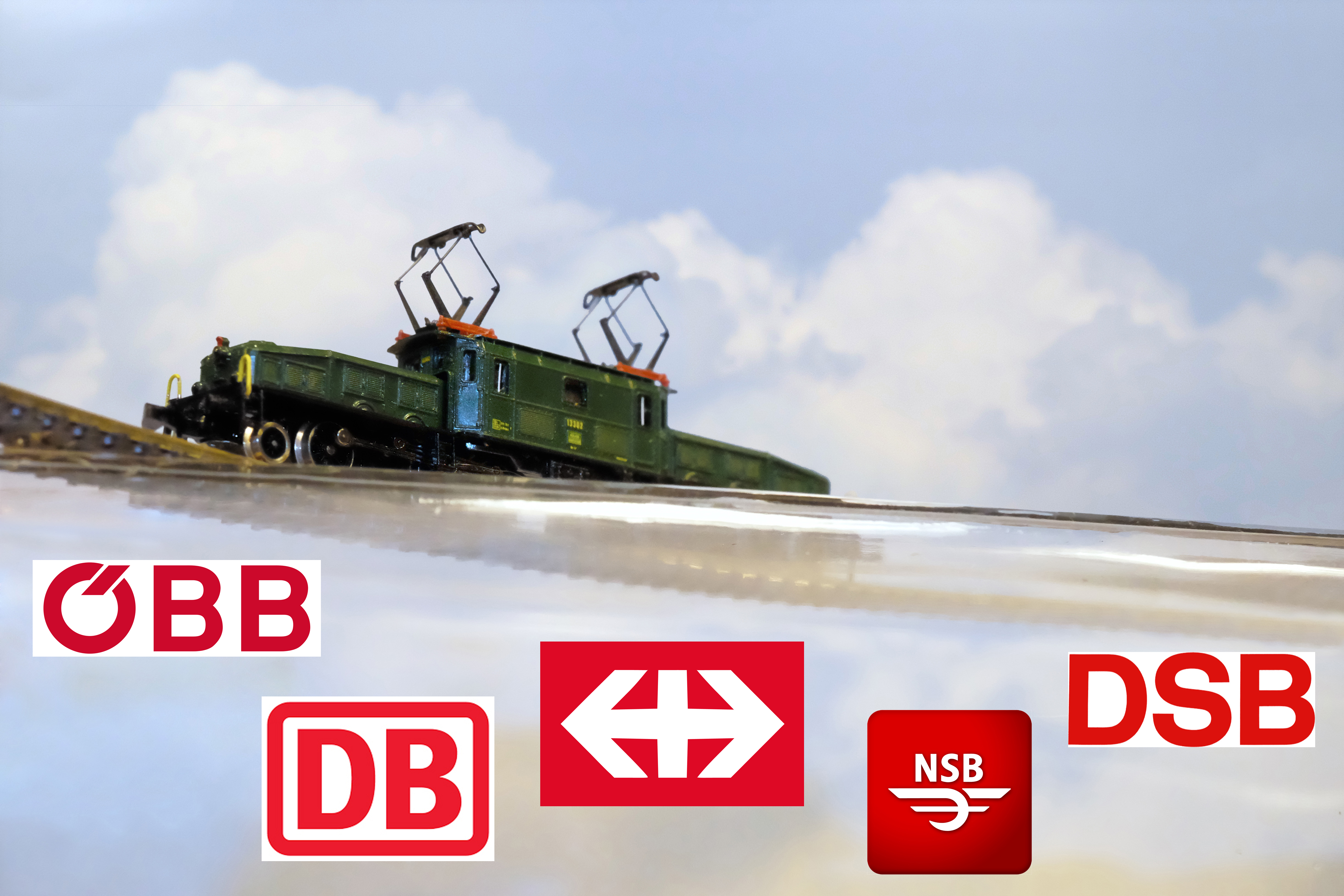
The Milwaukee Road Heritage Center in Montevideo, MN is a railroad museum dedicated to the history and preservation of the The Milwaukee Road:
https://www.montevideomrhc.org/about.php
My Wife and I passed through Montevideo about 5 years ago which was our first visit in the yard of the Heritage Center. No fence or people were present on that visit, it largely looked abandoned, our guess for many of years? But we were drawn to the site after seeing the dome ends of two Hiawatha sky-top coaches or should I more aptly describe as the barebones framework of the signature sky-top cars unmistakable from Montevideo’s main street.
Just this August we were in the neighborhood and decided to stop; we hoped to see if any progress was made in the 5 years since the last visit. This time we were greeted by the friendly and knowledgeable Director of the Heritage Center who also gave us a complete tour of the site lasting 3 hours: what a treat! And boy oh’boy what a difference 5 years has made to this unique railroad museum with a growing and already impressive collection of coaches, MOW vehicles, locomotive switcher, turntable, station, loco shed, sanding facility, and museum quality working HO layout which displays the working yards of Montevideo in the glory years of The Milwaukee Road.
Max Hinde, Director of the Milwaukee Road Heritage Center stands adjacent to the train station in Montevideo, Minnesota. Housed in the station is a very large collection of Milwaukee Road artifacts, photographs, and station masters’ office complemented with all the essential equipment. Max is ‘tops’ in my book for remarkable practical expertise with all the railroad equipment and historical knowledge.

Not much progress has been made with the sky-top domes, the museum is currently looking for a qualified welder: the plan includes modifying a coach in the collection. ‘Wishful thinking’ are not words that apply to this museum which boasts 160 volunteers who are passionate railroad people with the grit and sound judgement that is already on display.
A beautifully restored sanding facility (sand house) furnished with every essential tool for locomotive maintenance sits track-side. An Eagle Scout earned his certification roofing the sanding facility which sits in its original location down track from the working turntable.


An impressive locomotive shed is home to a working switch engine retired from refinery work along with a very interesting MOW crane. Note: large chest below headlamp on loco is not a toolbox, it is the cabinet housing for the sand cylinders.




The cab of the diesel switcher is impressive as a static piece of industrial equipment, but our guide offered to start it up which further impressed the heck out of me. Nothing better than the sound of a diesel locomotive coming to life. Doubly impressive that our guide effortlessly cold started this large diesel locomotive.

The Milwaukee Road used MOW vehicles as do all railroads here are two interesting examples:
Speeder used to haul men and tools when coupled with a trailer, it was propelled by a simple gas engine seen here in its own shed at the Heritage Center:


Another MOW vehicle was a tractor equipped with rail traction and coupler: soft rubber tires carry the vehicle over the tracks, rail wheels align with rails, operator engages hydraulics to slowly lay the rail wheels in place on the tracks, rail car couples with tractor thus making simple switching functions in the yard possible. The tractor was limited to sideways movement on the rails, it is a unique and interesting piece of railroad history.



Note: sand cylinders and coupler with lower piston to adjust height


360,000 pounds of heavy duty machinery, this rail crane boasts two engines: one for the wench and one for the swiveling deck, it is also one big crane that is capable of lifting a locomotive off its trucks. Pictured on the deck of the behemoth crane car is a thick heavy cast steel yoke used to fasten either side of a locomotive shell for lifting and/or righting a locomotive after derailment. This too is operational although it was not running during our visit.




Two interesting original Milwaukee Road cabooses include the standard bay window design used by numerous North American railroads, but a big difference applies to the two in the Heritage Center collection. On the left can be seen the standard design caboose mounted to a very long deck matching the overall length of coal cars used by The Milwaukee Road.


Bright paint and lettering adorn the exterior of the 01960 caboose while inside the caboose shows its original charm and splendor in you are tough as nails, sport steel toed work boots, overalls with plenty of mends and grease. Otherwise these cabooses were full of hard steel edges and no much in the way of ‘comforts of home,’ but railroad people are durable to machine and weather visiting these rare cabooses gives a window of working life of the end car.

The original turntable is fully operational with a few coaches alongside, a recent newsletter comments on the feasibility of rebuilding the roundhouse, it will be a fascinating addition to this impressive museum.

Membership is reasonably priced at $25/year: http://www.montevideomrhc.org/membership.html
Address: Milwaukee Road Heritage Center-Milwaukee Road Depot, 301 State Road – Suite 1, Montevideo, MN 56265
Lastly: I briefly mentioned the HO scale model railroad earlier in this post, but it too deserves a few words as it encapsulates the history of Milwaukee Road railroading in Montevideo, MN which was an important layover for cattle coming from the Dakotas and heading to Chicago. Several digitally operated F7’s make their way along a very large layout with many scratch built structures and scenery plus custom painted mural surround.

Siding: the locomotive axle bearings were greased with packing within a hinged covered box referred to as a journal box

upgraded Timken bearings can be seen on the 360,000 pound crane which does away with the journal box






























































































